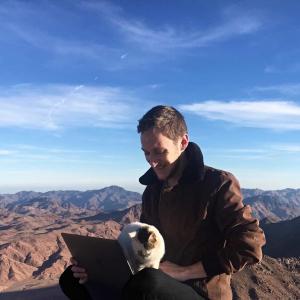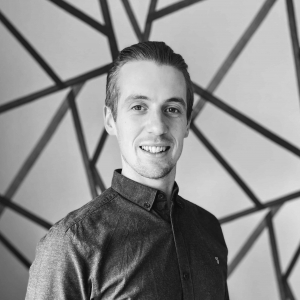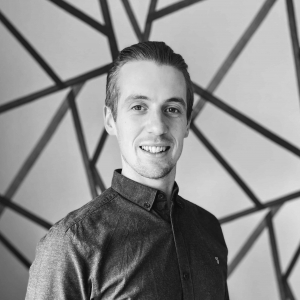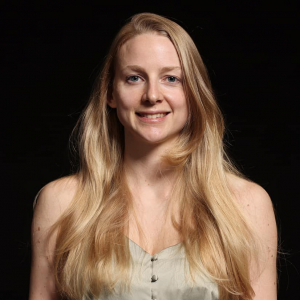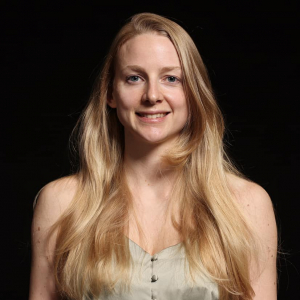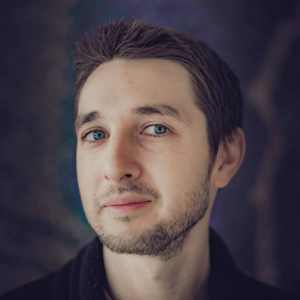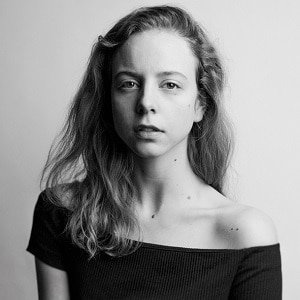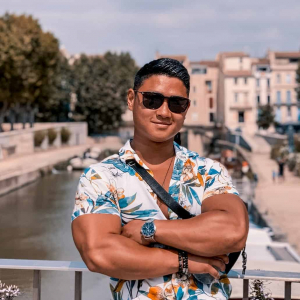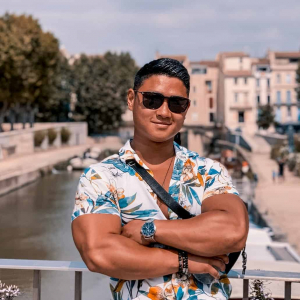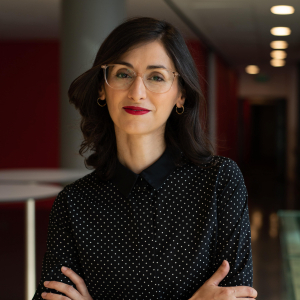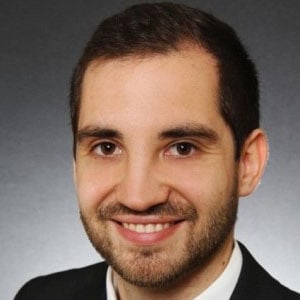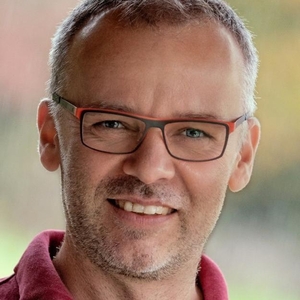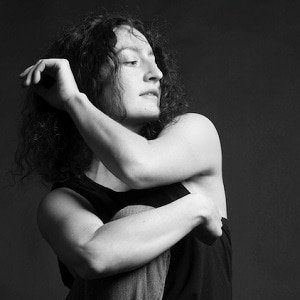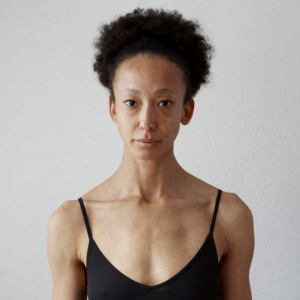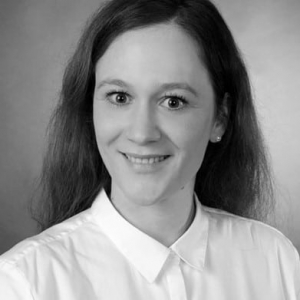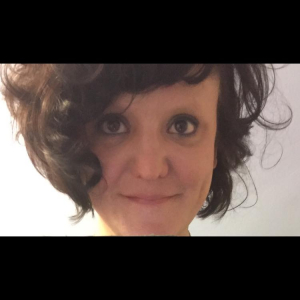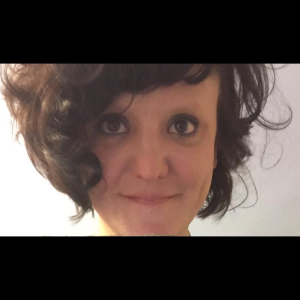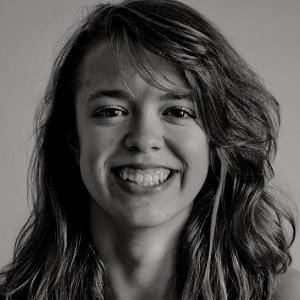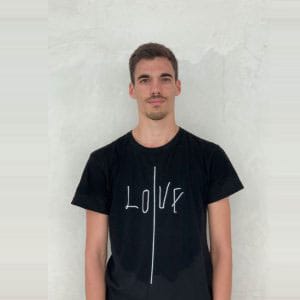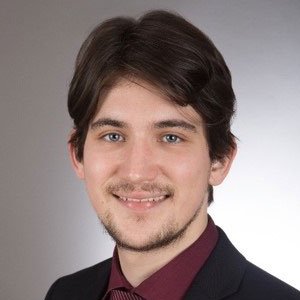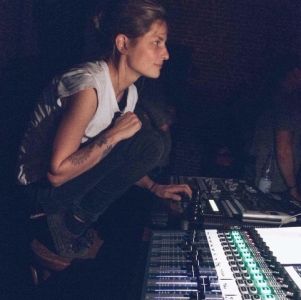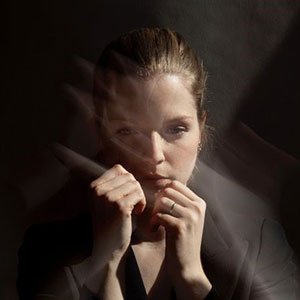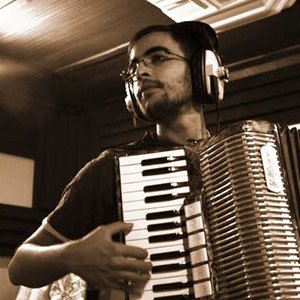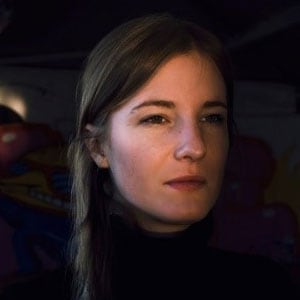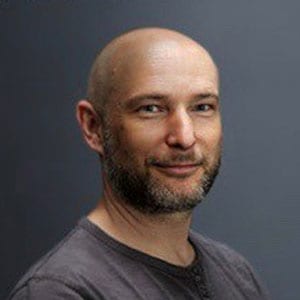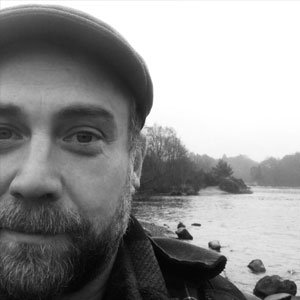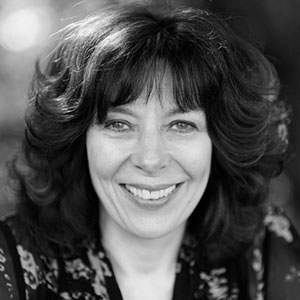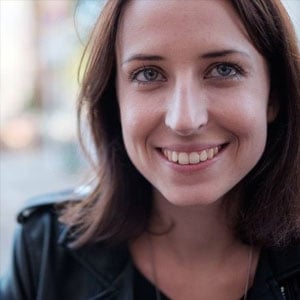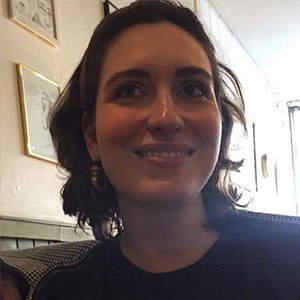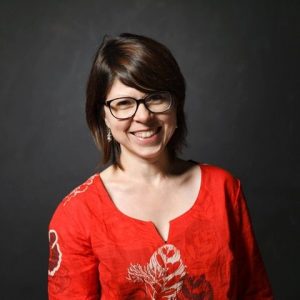Für das 12h Non-State Parade / International Symposium der Cooper Gallery Dundee am 30. Dezember 2019 wurde Elisabeth eingeladen ein Stück als Antwort zu der laufenden Ausstellung der Künstlerin Jasmina Cibic zu kreieren. Gemeinsam mit ihrem Team erabeitete Elisabeth das Konzept namens ‘Anthem Moves’.
Anthem Moves ersforscht die impliziten und expliziten Verhaltensregeln sowie deren Verletzung während des Spielens von Hymnen.
Wie verhalten sich Menschen und bewegen sich? Welche Arten von Affirmation und Kritik entwickeln sie für diese Gelegenheiten?
Während das Standardbild des Körpers während der Nationalhymne sicherlich ein statisches und ehrfürchtiges ist, wird der eigentliche Körper von Mikro- und Makrobewegungen durchzogen, die sich in Gesichtsausdrücken, Körpersprache und Gesten, sowohl bewusst als auch unbewusst, zeigen.
Aus diesen Bewegungen, die unzählige Male festgehalten wurden, wird die Choreographie eine Sprache entwickeln, um ein breites Spektrum politischer Affekte auszudrücken.
Die Musik dazu wird von Andréas Papapetrou komponiert. Inspiriert von der Recherche zu offiziellen und inoffiziellen Hymnen und deren politischen und musikalischen Geschichte wird er eine neue Partitur erstellen.
Dramaturgisch wird das Stück von Moritz Ganzen unterstützt.
Photo: Cooper Gallery

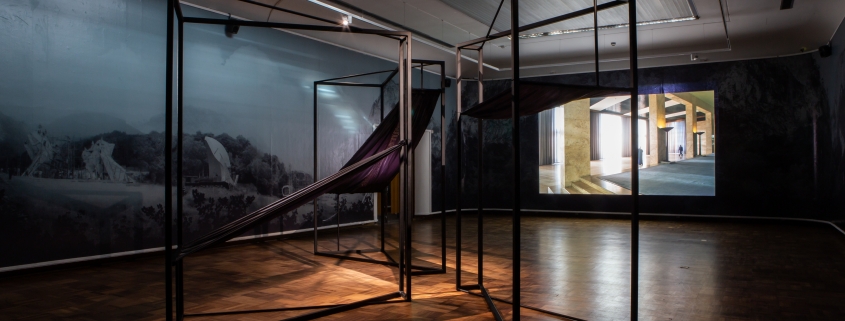
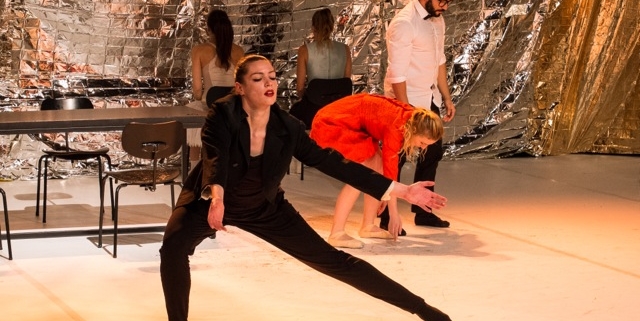
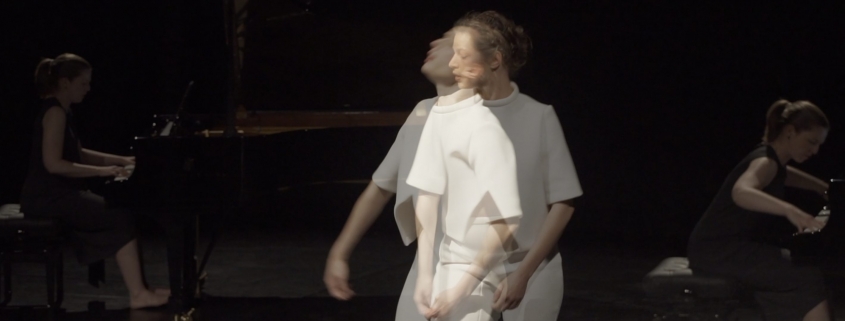
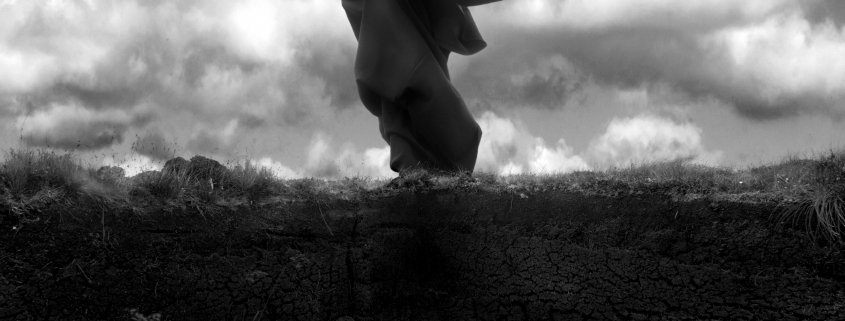
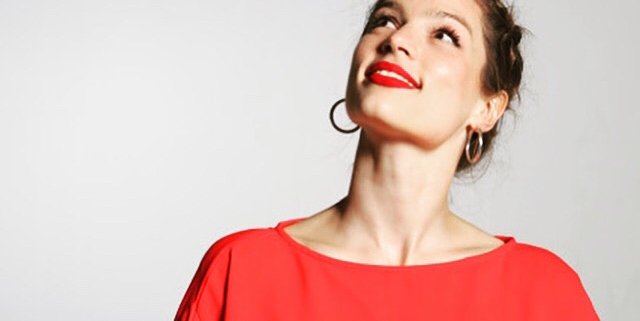




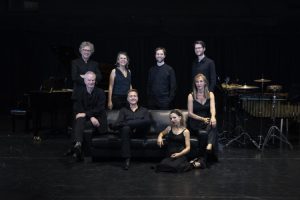
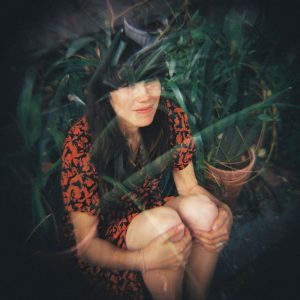
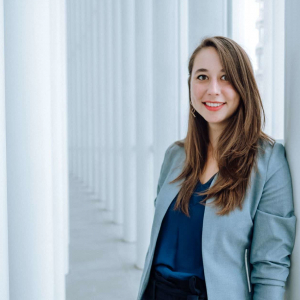

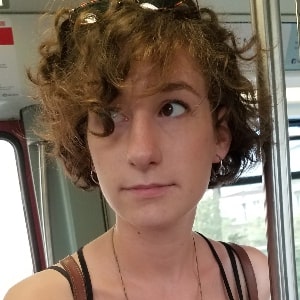
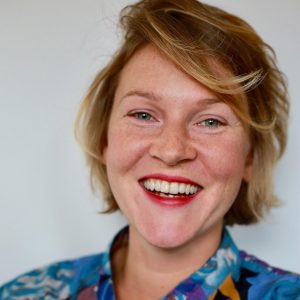
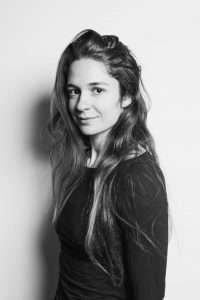
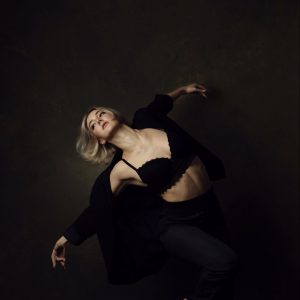
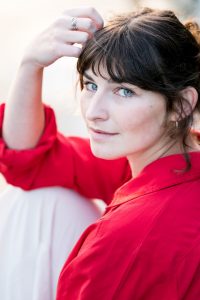
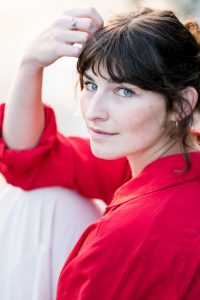
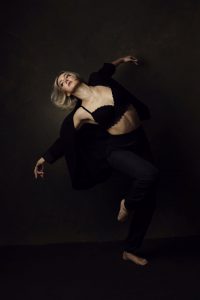
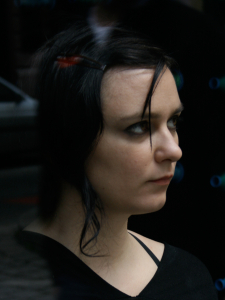



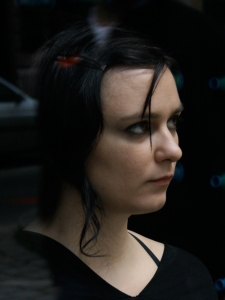
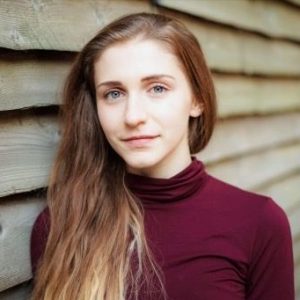

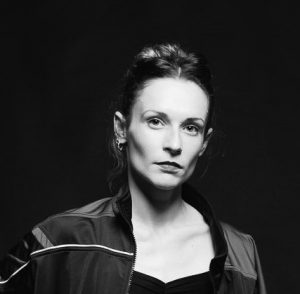 Lou begann im Alter von 5 Jahren in ihrer Heimatstadt zu tanzen. Im Jahr 2012 schloss sie sich dem Ballet Junior de Genève an, wo sie Werke von renommierten Choreografen wie Andonis Foniadakis oder Hofesh Schechter tanzte. 2016 schloss sie sich dem Kamea Dance Cie in Israel an, wo sie unter anderem Werke des Regisseurs Tamir Ginz, aber auch von Nacho Duato und Marco Goecke tanzte. Seit 2020 ist sie als Gasttänzerin am Grand Théâtre de Genève engagiert und arbeitet seitdem als freischaffende Tänzerin.
Lou begann im Alter von 5 Jahren in ihrer Heimatstadt zu tanzen. Im Jahr 2012 schloss sie sich dem Ballet Junior de Genève an, wo sie Werke von renommierten Choreografen wie Andonis Foniadakis oder Hofesh Schechter tanzte. 2016 schloss sie sich dem Kamea Dance Cie in Israel an, wo sie unter anderem Werke des Regisseurs Tamir Ginz, aber auch von Nacho Duato und Marco Goecke tanzte. Seit 2020 ist sie als Gasttänzerin am Grand Théâtre de Genève engagiert und arbeitet seitdem als freischaffende Tänzerin.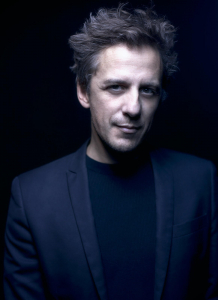
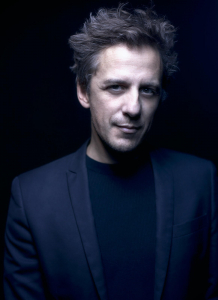
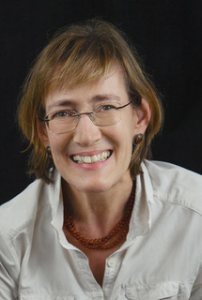
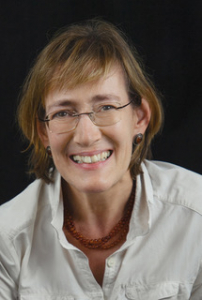
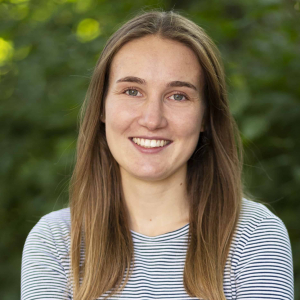 Johanna Schmitt
Johanna Schmitt Johanna Schmitt
Johanna Schmitt